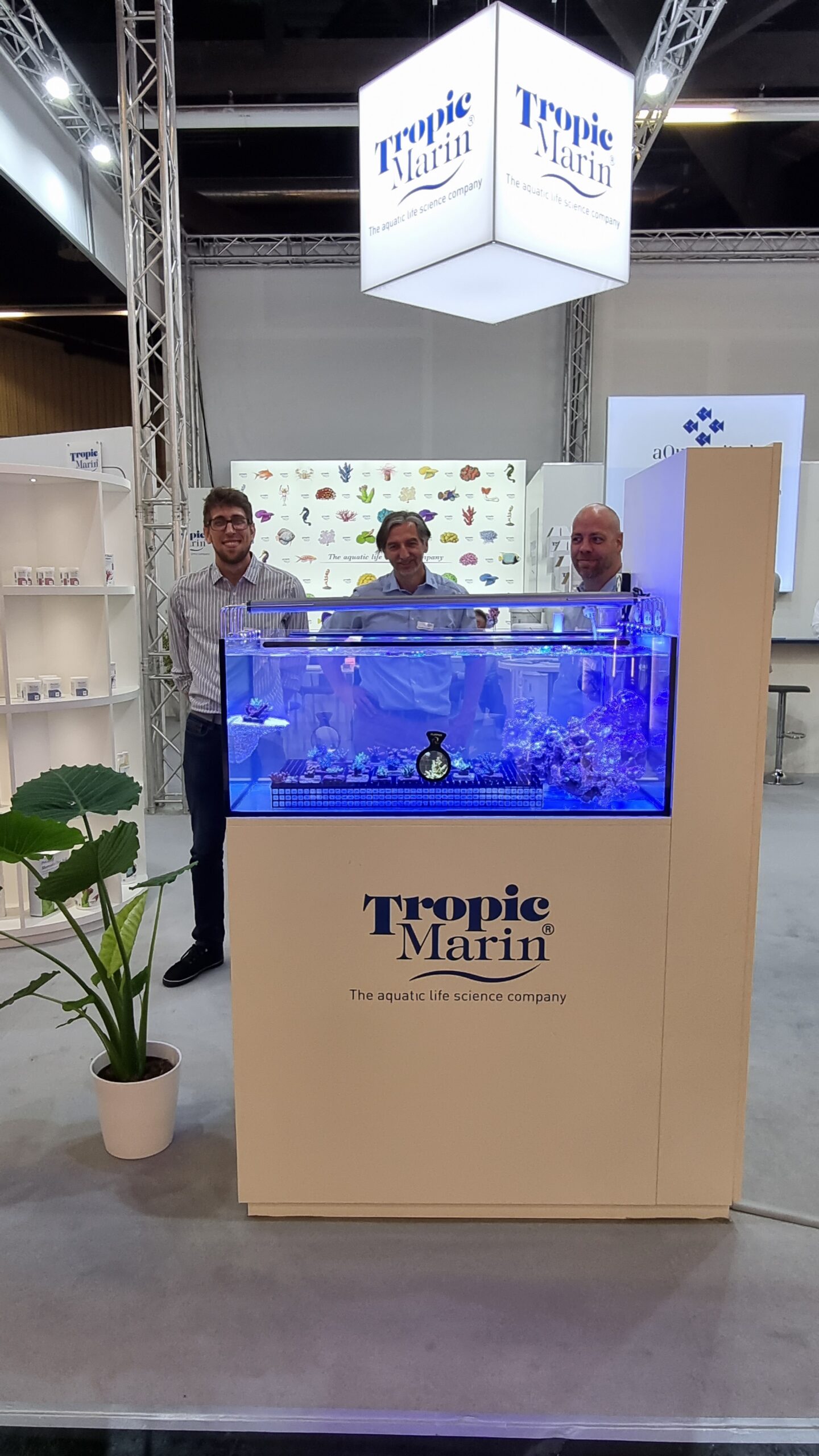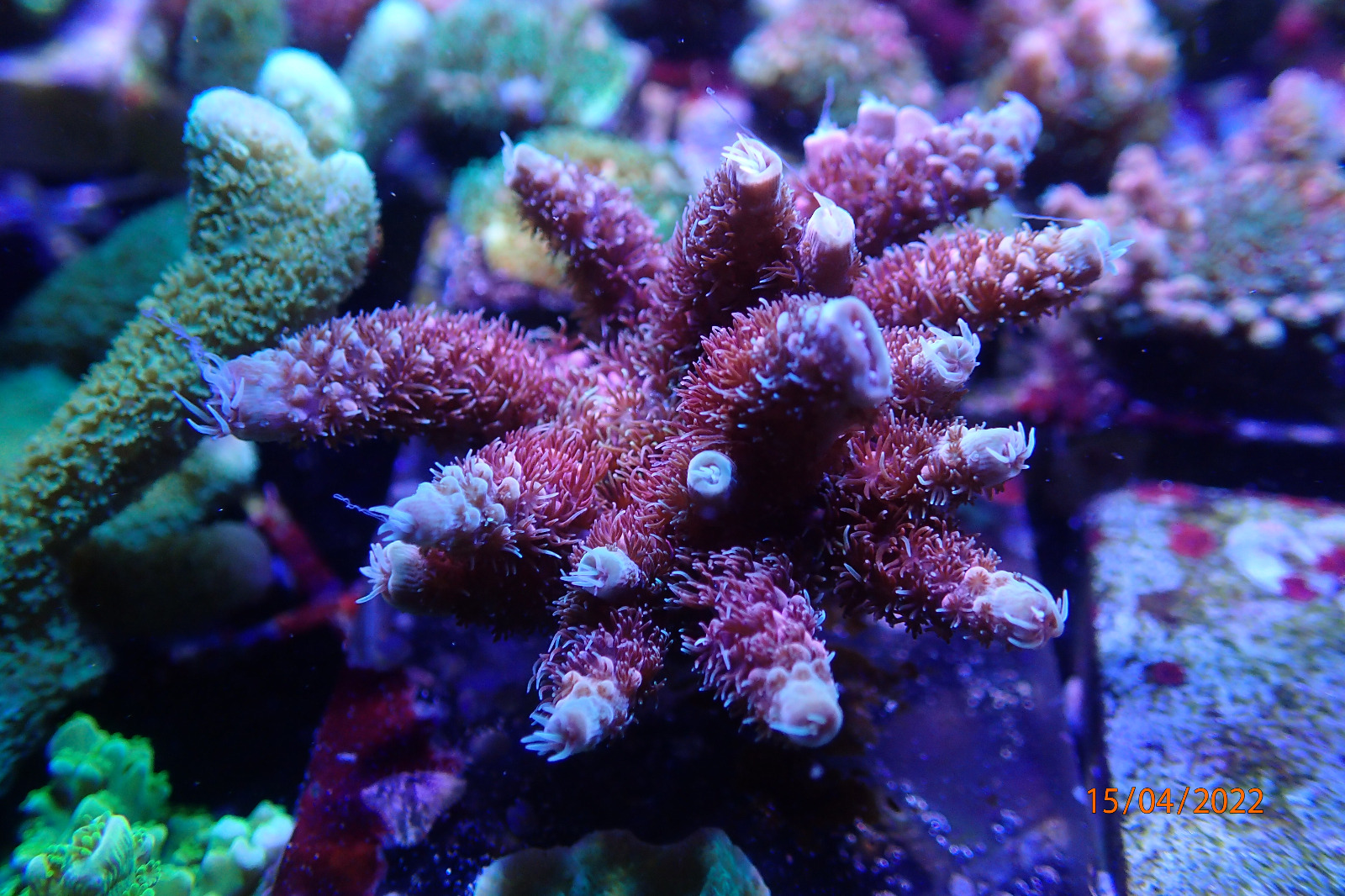Tropic Marin displayed the first captive-bred Acropora in Germany at Interzoo 2022. The display was small and understated but was actually the most important stand at the show in terms of helping to protect the future of both our hobby and coral reefs in the wild. The project started in 2020 when the German salt and supplement brand teamed up with the University of Oldenberg and the Coral Spawning Lab Ltd.
The aim of the collaboration was to advance captive coral reproduction through spawning and develop methods that allow the large-scale production of juveniles. These methods could then be applied to produce corals for reef restoration. The benefit of sexually produced corals over frags is the genetic diversity as well as their developmental phase and adaptability. Frags are clones of the same coral so have identical DNA, but also the same weaknesses when it comes to disease and environmental factors. When corals spawn in the wild unrelated eggs and sperm combine to produce fertilized eggs that are all genetically unique individuals. So if you can produce 10000 baby corals, all of them are genetically unique and will therefore have a certain variation in how they respond to stressors. This is what’s needed in the fight against climate change.
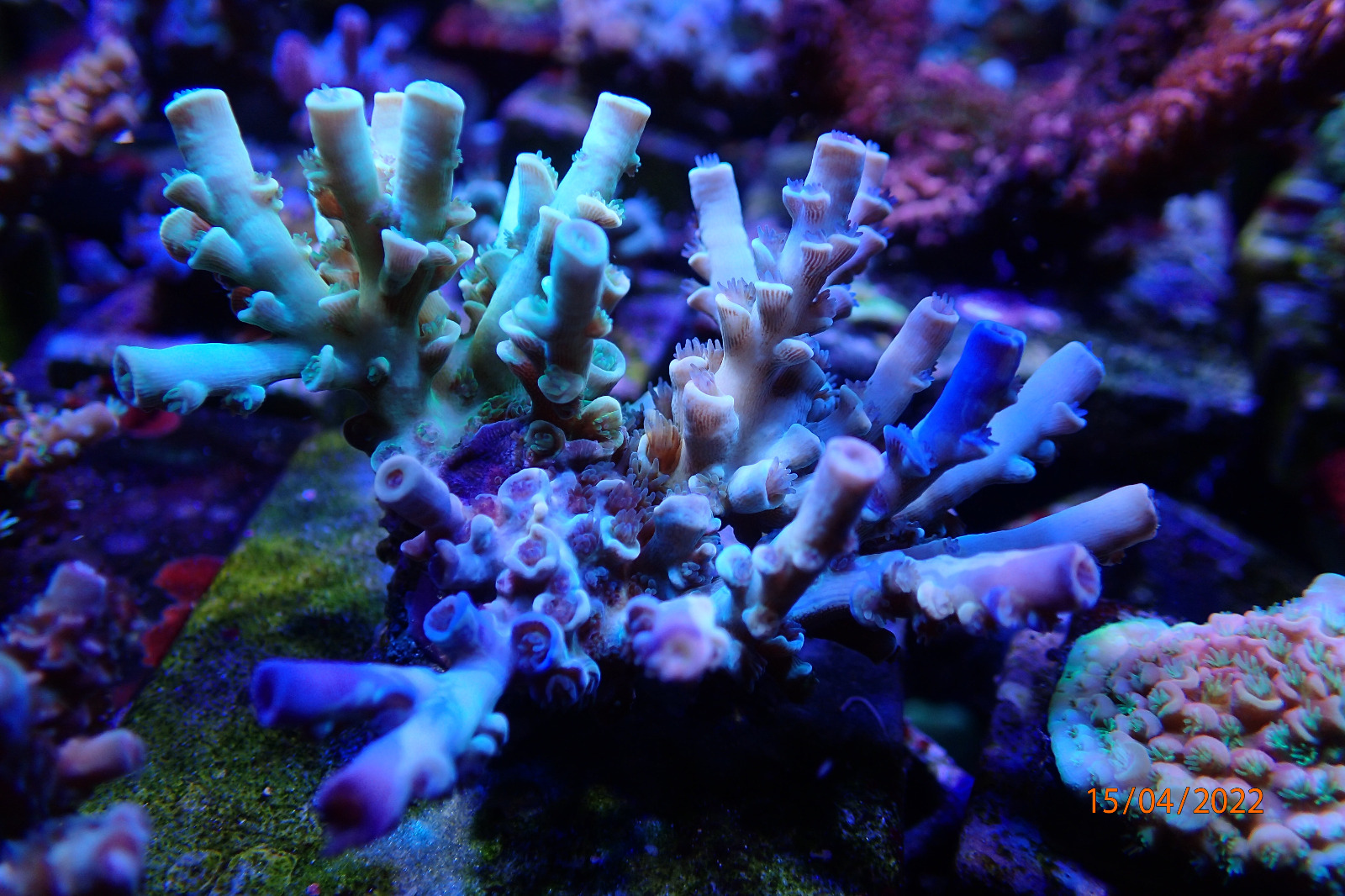
In addition to their genetic diversity, developmental and symbiotic plasticity also plays a huge role in captive coral breeding. Since corals are not just the coral animal themselves but an organism composed of the coral host, symbiotic zooxanthellae as well as bacteria, the whole thing becomes a bit more complex. The photosynthetic corals we know and love are termed holobionts, so to breed them successfully ex-situ the team needed to acquire not just the fertilized eggs, but the algae and the bacteria the corals host too. Head scientist Dr. Samuel Nietzer told us why it’s so important to work with them at the developmental phase:
“When the Acropora larvae settle and transform into a primary polyp, they don’t host symbiotic algae and almost no bacteria, meaning they have to acquire these from the environment. It is assumed that the development of these symbioses can be influenced by the prevalent conditions.”
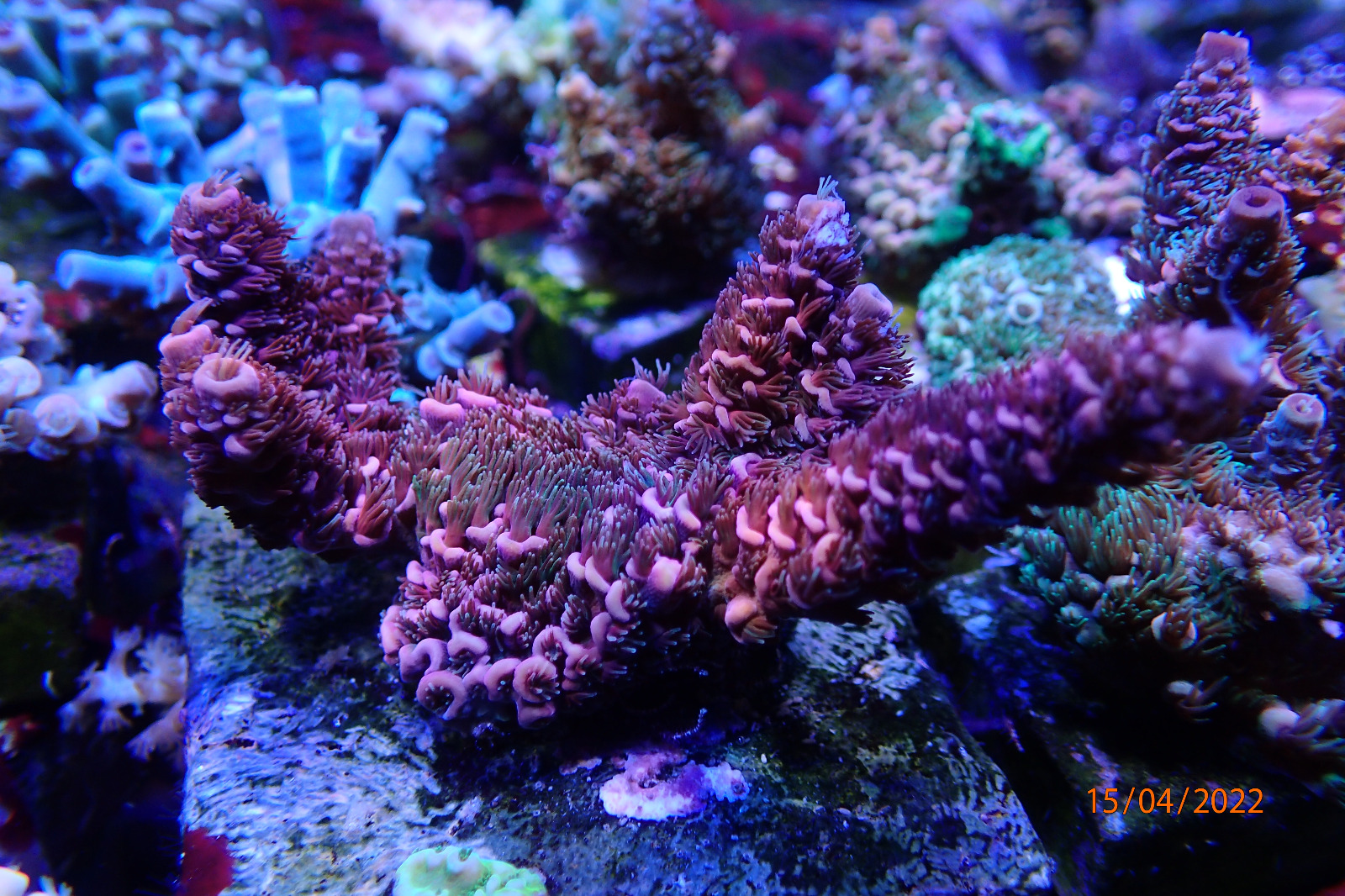
“Baby corals will develop symbioses with bacteria and algae which are the best ones they can obtain to work in the prevalent conditions. This symbiotic plasticity gives juvenile corals the opportunity to adjust to the conditions while they are in the developmental phase. Once the holobiont is fully developed and formed, it seems to be not as easy to adjust to changing conditions.”
“In addition to the symbiotic plasticity, corals are believed to have certain phenotypical plasticity. That means that juvenile corals possess a certain but limited ability to adjust to prevalent conditions. So in my view, juvenile corals are the best shot that corals have to adapt to changing conditions, at least within a certain range, and that it makes the most sense to use sexually produced juveniles for restoration purposes.”
“The development of methods that allow the production of large numbers of juveniles is the goal of our project. In the long run, these methods might also become a relevant way to aquaculture corals. A key element is the development of an artificial settlement substrate for coral larvae. We hope that our project can contribute to paving the way for reliable large-scale production of corals which can then help to revive degraded reefs. At Interzoo we were proud to present our successes with the project. The great response surely encourages us to keep on going and give our best to advance coral reproduction.”
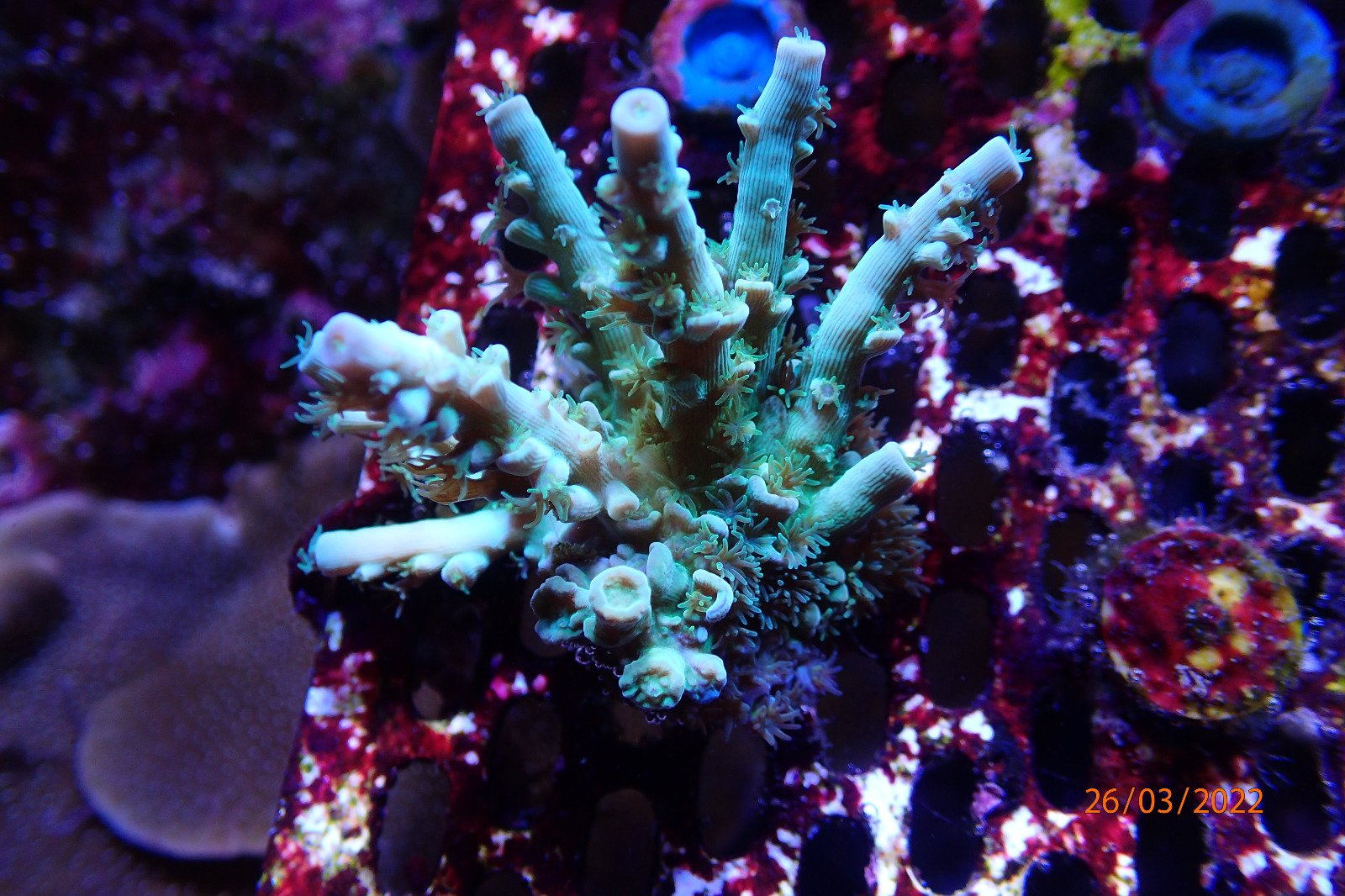
Tailor-made coral breeding facility
The success is due in no small part to the Coral Spawning Lab Ltd, founded by Dr. Jamie Craggs, Vincent Thomas, and Mike Sweet. In 2020, Coral Spawning Lab built the aquarium facility inside a remodeled 20′ shipping container. If you have the skill and the investment necessary these pioneering purpose-built aquarium systems allow you to spawn corals in an artificial environment. So far, the German team has had great success with the facility and has already induced three spawnings. The potential to produce genetically plastic captive-bred Acropora for the aquarium market is also not to be underestimated. It would lessen demands on the ocean while also generating much-needed revenue to help protect it.
